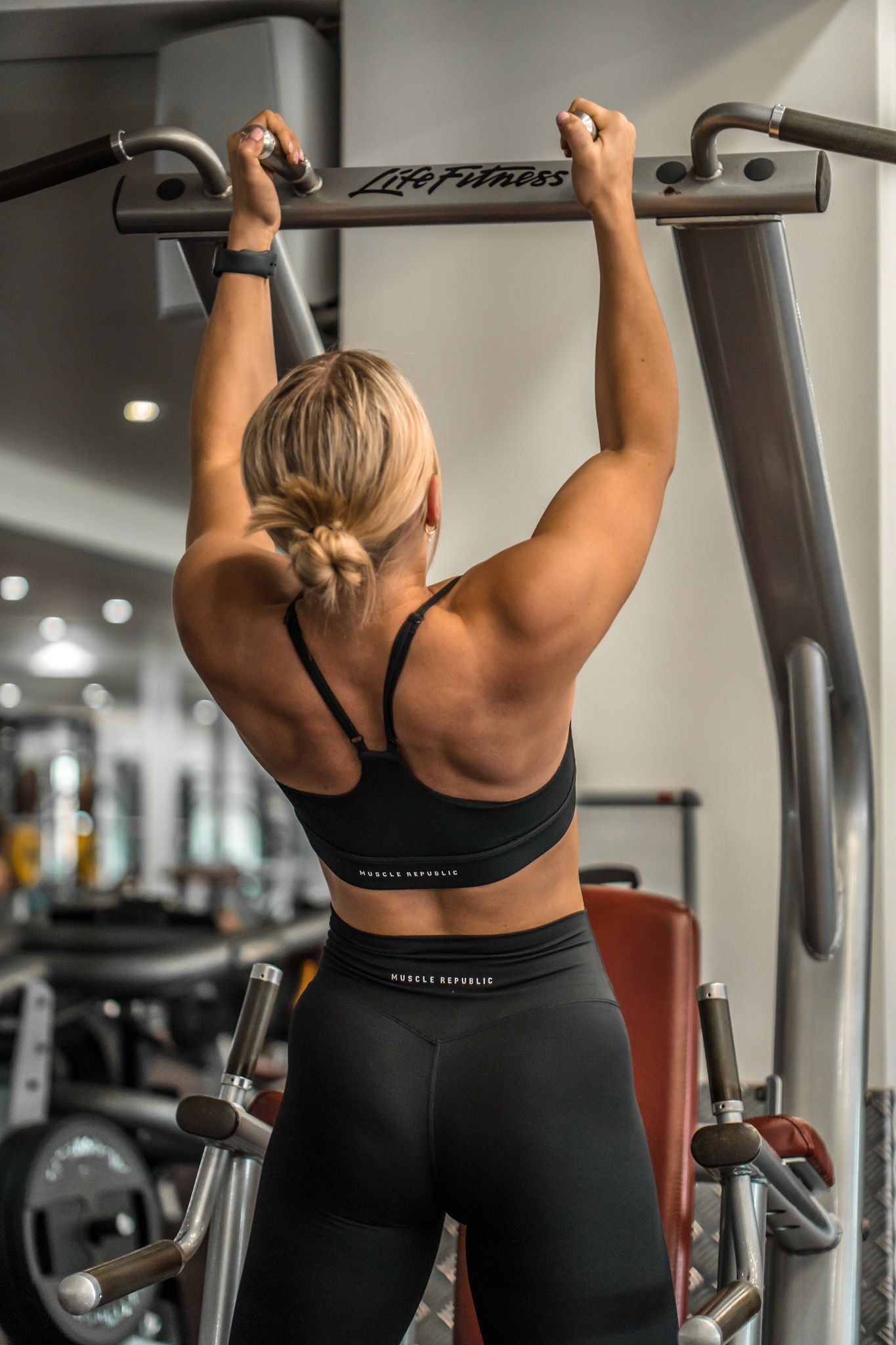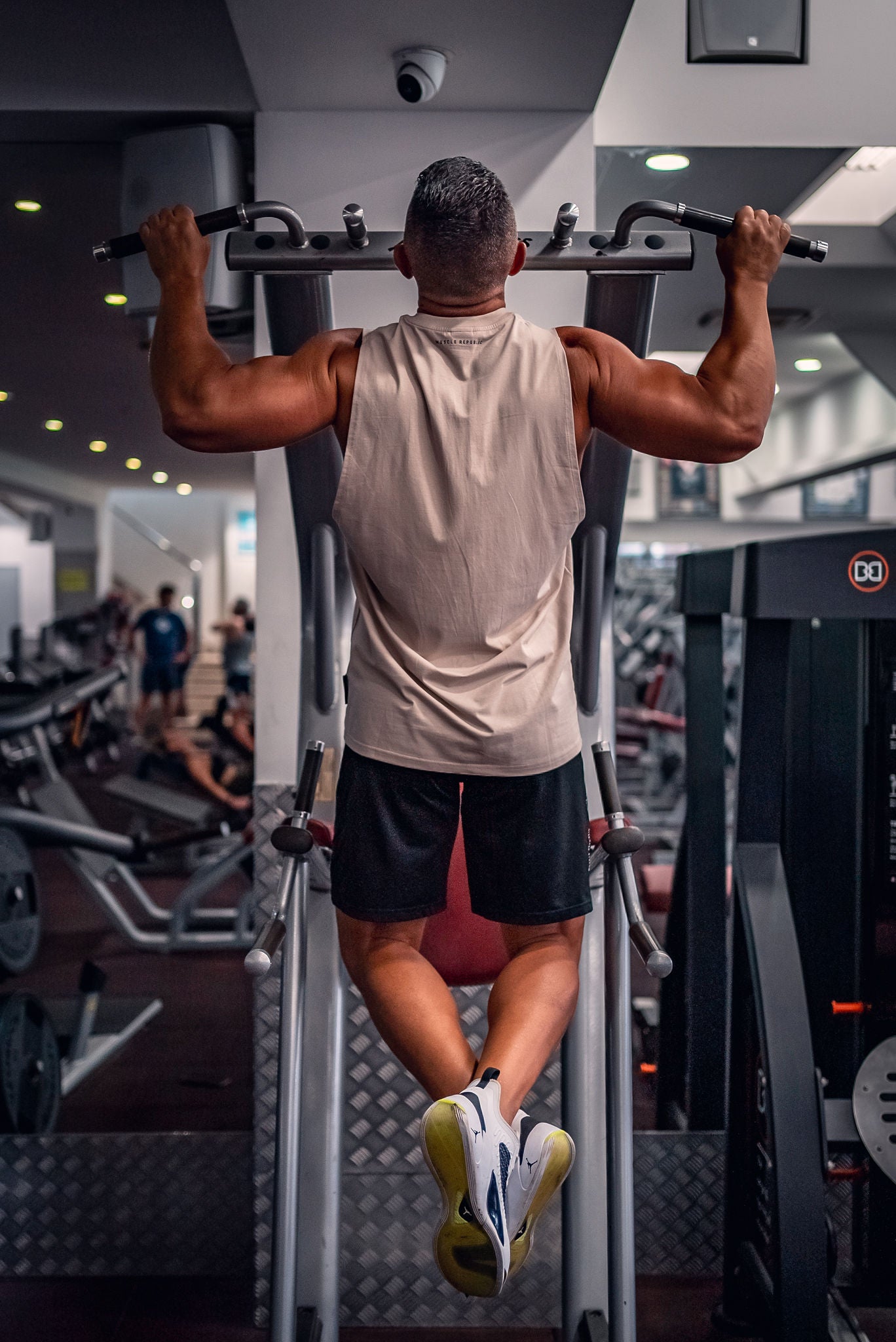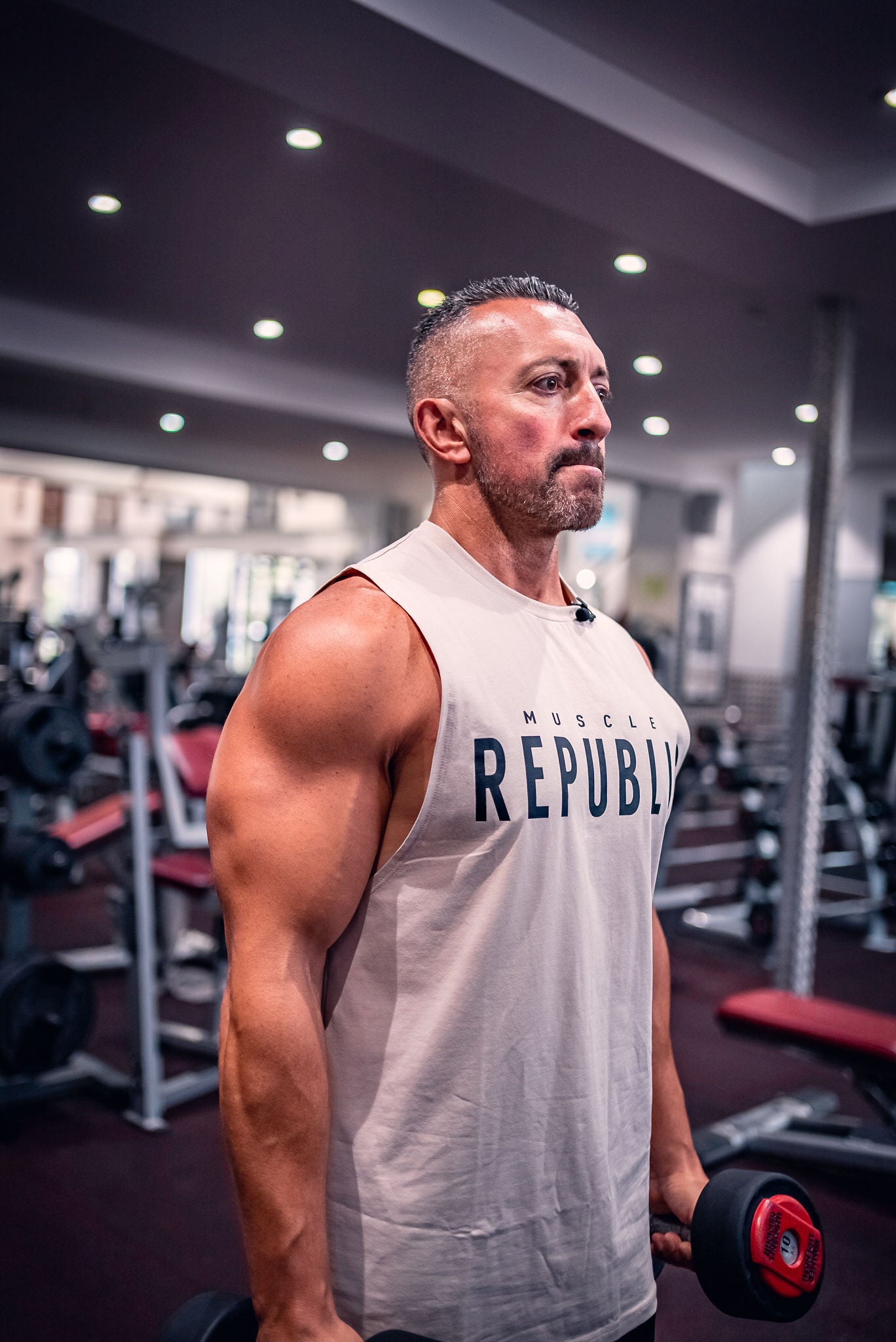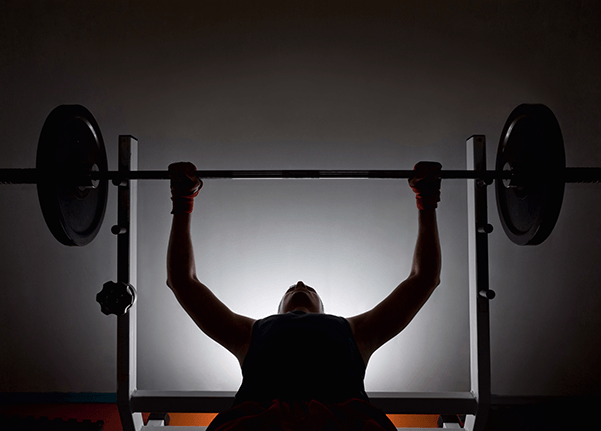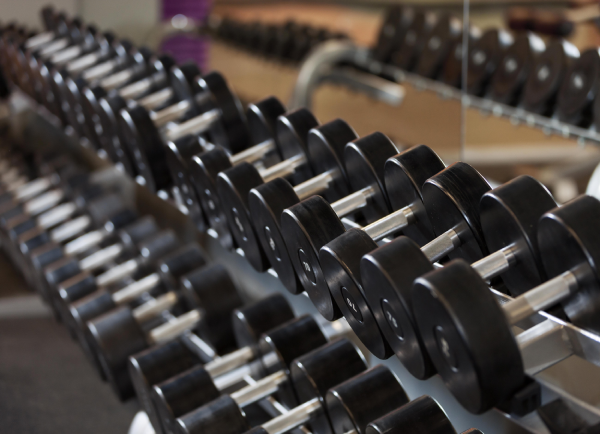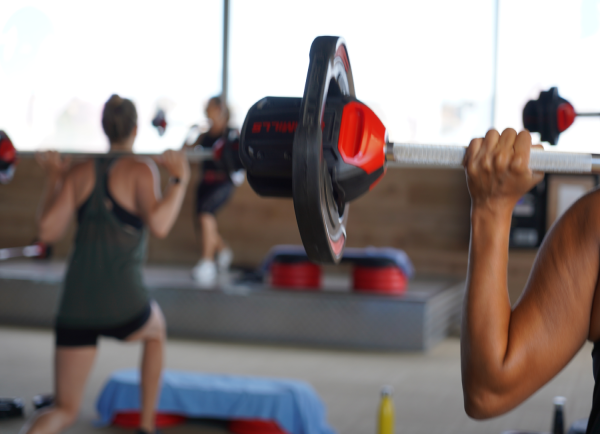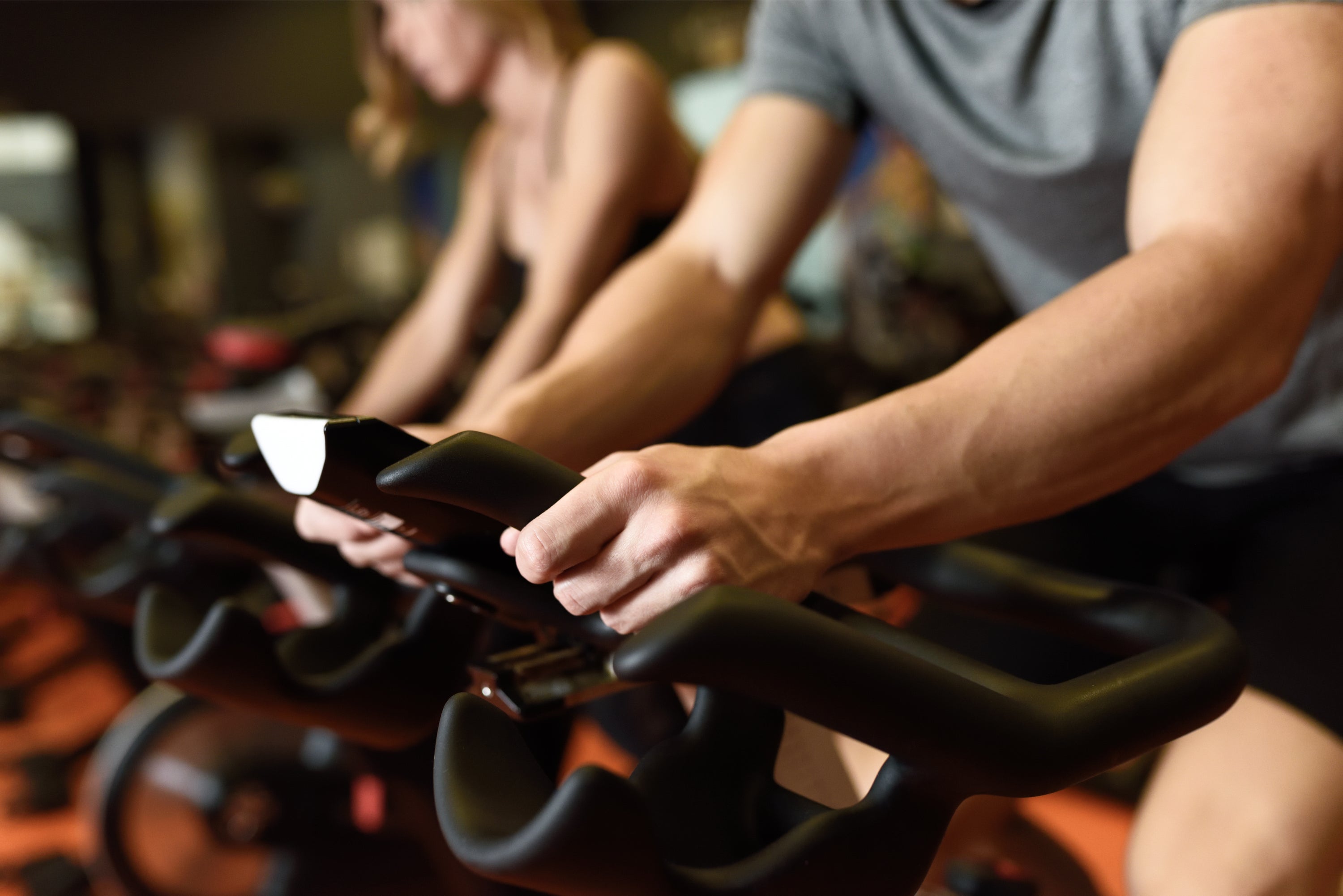
Do these 5 things to get the most out of your spin class
Since you’re already squeezing Spin into your busy schedule, whether it be before your early morning meeting or getting your kids to school, why not ensure that you are getting the most out of your workout? Follow these 5 simple tips to maximise your spin class.
Tip #1: Set up your bike correctly
Setting up your bike in the correct position will ensure your cycling is smooth and efficient. It also facilitates correct posture alignment, reduces joint strain and ultimately prevents injury.
The first step to setting up your bike is to adjust the seat height. The seat should be positioned at hip height so that your knee bends slightly once seated. The next step is to set the distance between the seat and handle bars. Begin by creating a right angle with your arm and forming a fist with your hand. Next, place your fist in the centre of the handle bars with your elbow facing the seat. The seat should be positioned to touch your elbow.
Tip #2: Engage your hamstrings
While cycling, it is important to ensure that on the upward phase of the pedal, you pull on the toe cage to engage the hamstrings. This helps to ensure that your quads don’t fatigue as quickly, thereby increasing your speed and power output. Doing this will also give your hamstrings a better workout.
Tip #3: Don’t bounce in your seat
When you raise up off the saddle, make sure you don’t bounce upon each rotation of the pedal. Reducing bounce provides a more challenging workout for the muscles, thereby helping to increase caloric expenditure and increase muscular endurance. What is more, bouncing places unnecessary stress on the joints, thus increasing the risk of injury.
Tip #4: Correct your posture
Maintaining correct posture throughout the workout helps you to ride more efficiently, thereby delaying fatigue. To optimise your cycling posture, the first step is to ensure that your shoulders are relaxed and that you’re hands gently grip the handle bars. This helps you to focus all your energy towards the legs, the main drivers of cycle.
Secondly, position yourself so that there is minimal rounding of the shoulders and spine. This helps to prevent any unnecessary back strain. Thirdly, brace your core throughout the entire workout to increase stabilisation and prevent your torso from rocking from side to side. Lastly, make sure to push the pedal down with the balls of our feet. This will create a comfortable pedal position, thereby helping you to prolong your cycle intensity.
Tip #5: Recover efficiently
Taking the necessary steps to recover from your workout helps to prevent muscle soreness. This ensures that you can hit the bike sooner. Over time, an increased training frequency will create faster improvements in fitness and body composition.
An effective recovery strategy includes elements of stretching and foam rolling, with particular focus placed on the glutes, quads, hamstrings and calves.
If you enjoyed this article, please subscribe to our emailing list to receive more inspirational and educational content. Also, if you haven’t already, please follow us on Instagram, Facebook and YouTube.
Tip #1: Set up your bike correctly
Setting up your bike in the correct position will ensure your cycling is smooth and efficient. It also facilitates correct posture alignment, reduces joint strain and ultimately prevents injury.
The first step to setting up your bike is to adjust the seat height. The seat should be positioned at hip height so that your knee bends slightly once seated. The next step is to set the distance between the seat and handle bars. Begin by creating a right angle with your arm and forming a fist with your hand. Next, place your fist in the centre of the handle bars with your elbow facing the seat. The seat should be positioned to touch your elbow.
Tip #2: Engage your hamstrings
While cycling, it is important to ensure that on the upward phase of the pedal, you pull on the toe cage to engage the hamstrings. This helps to ensure that your quads don’t fatigue as quickly, thereby increasing your speed and power output. Doing this will also give your hamstrings a better workout.
Tip #3: Don’t bounce in your seat
When you raise up off the saddle, make sure you don’t bounce upon each rotation of the pedal. Reducing bounce provides a more challenging workout for the muscles, thereby helping to increase caloric expenditure and increase muscular endurance. What is more, bouncing places unnecessary stress on the joints, thus increasing the risk of injury.
Tip #4: Correct your posture
Maintaining correct posture throughout the workout helps you to ride more efficiently, thereby delaying fatigue. To optimise your cycling posture, the first step is to ensure that your shoulders are relaxed and that you’re hands gently grip the handle bars. This helps you to focus all your energy towards the legs, the main drivers of cycle.
Secondly, position yourself so that there is minimal rounding of the shoulders and spine. This helps to prevent any unnecessary back strain. Thirdly, brace your core throughout the entire workout to increase stabilisation and prevent your torso from rocking from side to side. Lastly, make sure to push the pedal down with the balls of our feet. This will create a comfortable pedal position, thereby helping you to prolong your cycle intensity.
Tip #5: Recover efficiently
Taking the necessary steps to recover from your workout helps to prevent muscle soreness. This ensures that you can hit the bike sooner. Over time, an increased training frequency will create faster improvements in fitness and body composition.
An effective recovery strategy includes elements of stretching and foam rolling, with particular focus placed on the glutes, quads, hamstrings and calves.
If you enjoyed this article, please subscribe to our emailing list to receive more inspirational and educational content. Also, if you haven’t already, please follow us on Instagram, Facebook and YouTube.
Tags:
Previous post
3 reasons why you’re not squatting correctly
Next post
